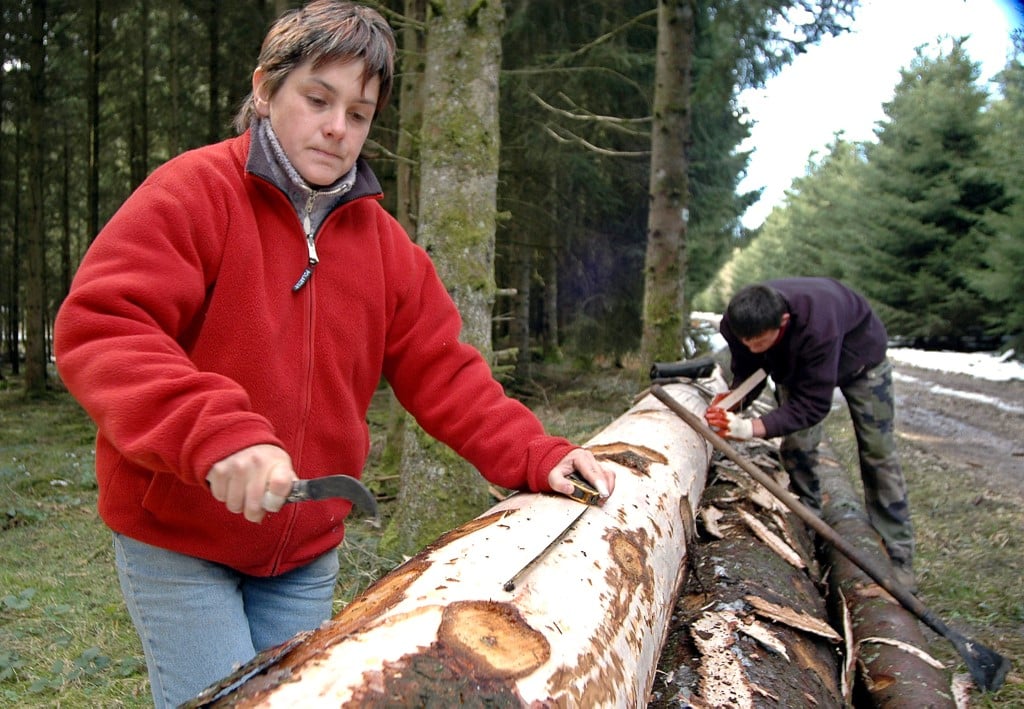Today is the day!
September 10th marks the beginning of the sale of the famous Mont d’Or cheese in France.
This rich cheese with a rich history borrows its name from the highest point of the Doubs département (located in the Bourgogne-Franche-Comté region in Eastern France) and goes way back since it was already mentioned in the 1280 Encyclopédie des Fromages (the Cheese Encyclopeadia).
Morning Stroll in the Mont d’Or by Aurélien Billois https://t.co/OQn07divlL pic.twitter.com/EDxhxmQLi4
— Fubiz (@fubiz) September 4, 2020
You can also find it under the name Vacherin, but rather in Switzerland than in its original region.
Though it is much loved, the Mont d’Or cheese is also much awaited as it can only be savoured from September 10th to May. Here’s why.
A seasonal cheese
The Mont d’Or was first created after peasants looked to create a smaller cheese with their “winter milk”, as the production was reduced during the coldest months. A raw milk that, according to the Fromagerie La Ferté, gives it a “texture that offers a soft and creamy consistency without being too runny”.
It can only be produced from August 15th to March 31st, hence why its appearances in dairies are seasonal.
Consequently, it became a winter cheese and could not be produced in the summer since it can’t handle hot temperatures. During spring and summer, where milk is more abundant, Comté cheese is made.
READ ALSO: This is how much the French are obsessed with cheese
Specific production process
But other than being unobtainable during the sunny months, its making process also follows a list of specifications since it has both the Appellation d’Origine Contrôlée and the Appelation d’Origine Protégée.
These designations attest to the authenticity of the product and of the savoir-faire of its producers while protecting its name not only in France but in the entire European Union.
The Mont d’Or can then only be produced in a designated area of 95 Haut-Doubs municipalities – all at least 700 metres above sea level – and made at of raw milk from grass-fed Montbeliarde or French Simmental herds.

A woman cutting the spruce straps that circle the Mont d'Or cheese. Photo: AFP
The cheese is also supported by a circle of spruce wood to provide it from running. After at least a 12-day maturing (during which the cheese is scrubbed daily with salted water), the Mont d’Or terminates its ripening process in a slightly smaller spruce box that gives it its wrinkled crust as a nod to the mountain it took its name from.
But these many specificities do not prevent producers from delivering (on average) 5,500 tonnes of Mont d’Or each year.



 Please whitelist us to continue reading.
Please whitelist us to continue reading.
It is a stupendous cheese, and one I will not share with anyone else. I wil eat it all by myself :))